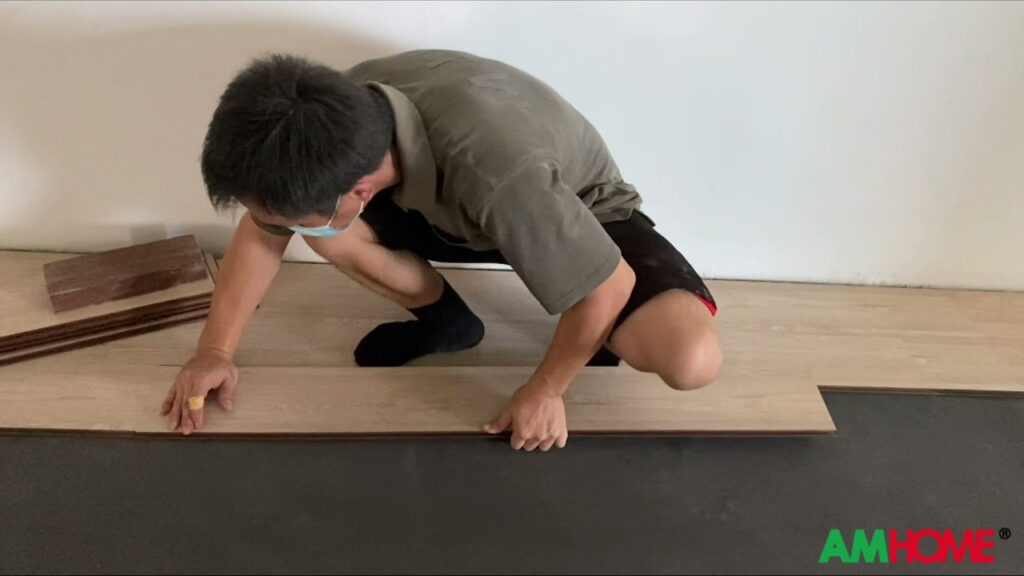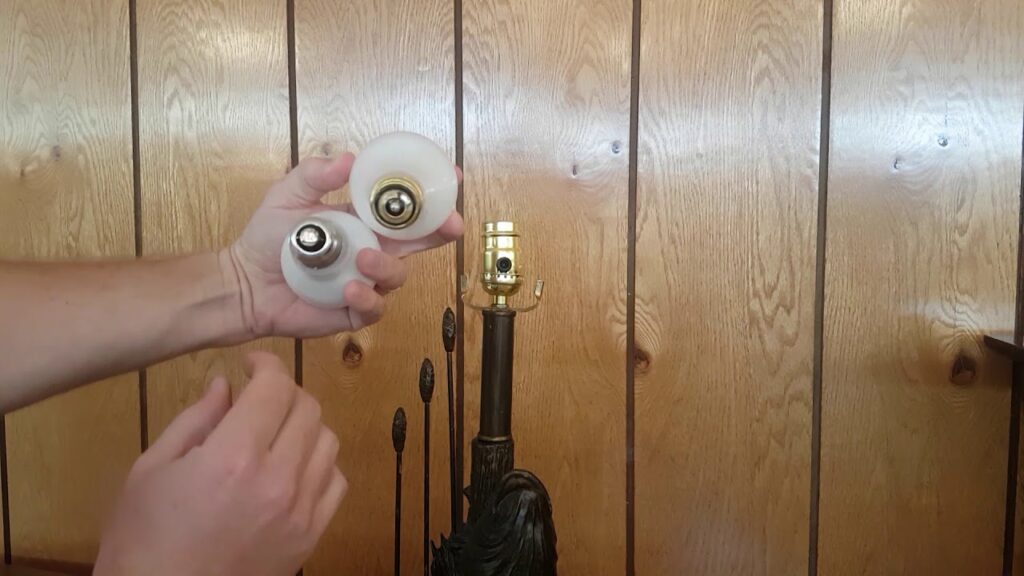Understanding the Common Causes of a Wet Basement
When dealing with a wet basement, it’s important to understand the common causes that contribute to this issue. Poor drainage around the foundation of a property is a common culprit. This can result from blocked gutters, improper grading, or ineffective downspouts. Additionally, cracks in the foundation or basement walls can allow water to seep in, leading to moisture problems.
Another common cause of a wet basement is hydrostatic pressure, which occurs when the soil surrounding the foundation becomes saturated with water. The pressure from this water can force moisture through cracks or joints in the foundation. Furthermore, inadequate waterproofing or insulation can leave a basement prone to water infiltration.
In some cases, plumbing leaks or bursts can also be to blame for a wet basement. Whether it’s a faulty pipe, a leaking water heater, or a malfunctioning sump pump, these issues can lead to water accumulation and contribute to a damp basement environment. Identifying and addressing these common causes is crucial in preventing or remedying a wet basement situation.
It’s important to address the root causes of a wet basement to prevent structural damage, mold growth, and other issues that can arise from prolonged dampness. Taking proactive steps to address drainage, foundation cracks, and plumbing issues can help maintain a dry and healthy basement environment.
Effective Solutions for Wet Basement Problems
1. Identify the Source of Water Infiltration
If you’re experiencing a wet basement, the first crucial step is to identify the source of water infiltration. This may involve inspecting the exterior of your home for any cracks in the foundation, checking the gutters and downspouts for blockages or leaks, and ensuring that the grading around your home slopes away from the foundation. Identifying the specific entry points for water will guide you towards the most effective solution for your wet basement problem.
2. Improve Waterproofing and Drainage
One effective solution for wet basement problems is to improve waterproofing and drainage around your home. This could involve installing or repairing a sump pump, applying a waterproofing sealant to the foundation walls, and ensuring proper grading and drainage systems are in place. By addressing these areas, you can mitigate the risk of water seepage and accumulation, helping to keep your basement dry and free from moisture-related issues.
3. Foundation Repair and Maintenance
In some cases, wet basement problems may be attributed to foundation issues such as cracks, deterioration, or poor construction. Engaging in professional foundation repair and maintenance can help address these underlying issues, preventing water from entering your basement. Taking proactive steps to maintain the integrity of your home’s foundation is essential for effectively resolving wet basement problems and safeguarding your property against moisture damage.
Professional Waterproofing Services for Your Basement
When it comes to protecting your home from water damage, professional basement waterproofing services are essential. Whether you are dealing with a damp basement or full-blown flooding, investing in professional waterproofing can save you from costly repairs in the long run. These services are designed to address the root cause of water intrusion, providing a lasting solution to keep your basement dry and secure.
Professional waterproofing services typically include a thorough inspection of the basement to identify any existing issues and potential trouble spots. Once the assessment is complete, experienced professionals will implement a tailored waterproofing solution to suit your specific needs. This may involve sealing cracks, installing drainage systems, or applying waterproof coatings to protect your basement walls and floors.
By enlisting the expertise of a professional waterproofing service, you can ensure that your basement remains dry and free from water damage. Whether you are looking to prevent mold and mildew growth, protect your valuables, or create a healthier living environment, investing in professional waterproofing is a proactive step toward safeguarding your home’s foundation. Don’t wait until water damage becomes a costly problem – take the initiative to protect your basement with professional waterproofing services.
When it comes to choosing a professional waterproofing service for your basement, it’s crucial to select a company with a solid reputation and a track record of success. Look for providers with extensive experience in basement waterproofing and a commitment to delivering high-quality results. With the right professional team on your side, you can have peace of mind knowing that your basement is well-protected against water intrusion.
DIY Strategies to Keep Your Basement Dry
1. Ensure Proper Grading
One of the most effective ways to keep your basement dry is to ensure that the area around your home is properly graded. This means that the ground should slope away from the foundation to prevent water from collecting near the basement walls.
2. Install a Sump Pump
Installing a sump pump can help remove any water that accumulates around your basement. This can be especially beneficial in areas prone to flooding or high water tables.
3. Seal Cracks and Gaps
Inspect your basement for any cracks or gaps where water could seep in. Use a concrete sealant or hydraulic cement to fill these openings and prevent moisture from entering your basement.
4. Improve Drainage
Make sure that your gutters and downspouts are properly directing water away from your home. Additionally, consider extending your downspouts to ensure that water is discharged far enough from the foundation.
Maintaining a Dry Basement: Tips and Best Practices
Regular Inspections
Regularly inspecting your basement for signs of moisture or water damage is crucial to maintaining a dry environment. Look for any cracks in the walls or floors, and check the seals around windows and doors. Addressing any issues promptly can prevent water from seeping in and causing damage.
Proper Ventilation
Good ventilation is essential for keeping your basement dry and preventing mold and mildew growth. Make sure your basement has adequate airflow by using fans or dehumidifiers. Opening windows to allow fresh air in can also help reduce moisture levels.
Effective Landscaping
Proper landscaping around your home can help prevent water from seeping into your basement. Ensure that the ground slopes away from your foundation to prevent water from pooling near the walls. Well-maintained gutters and downspouts are also crucial for directing water away from the foundation.
Maintaining Plumbing
Regularly inspect and maintain your plumbing to prevent leaks that could lead to water damage in your basement. Check for any signs of leaks or drips, and promptly address any issues. Additionally, consider insulating exposed pipes to prevent condensation and potential moisture buildup.
These tips and best practices can help you maintain a dry basement, protecting your home from water damage and creating a healthier living environment. Regular inspections, proper ventilation, effective landscaping, and plumbing maintenance are essential elements of a comprehensive plan to keep your basement dry.


